
BOGO: buy a box of Longevity15 and get Yummy Combs free!
Shop now and get the BOGO deal today!
Joseph Roetheli, PhD
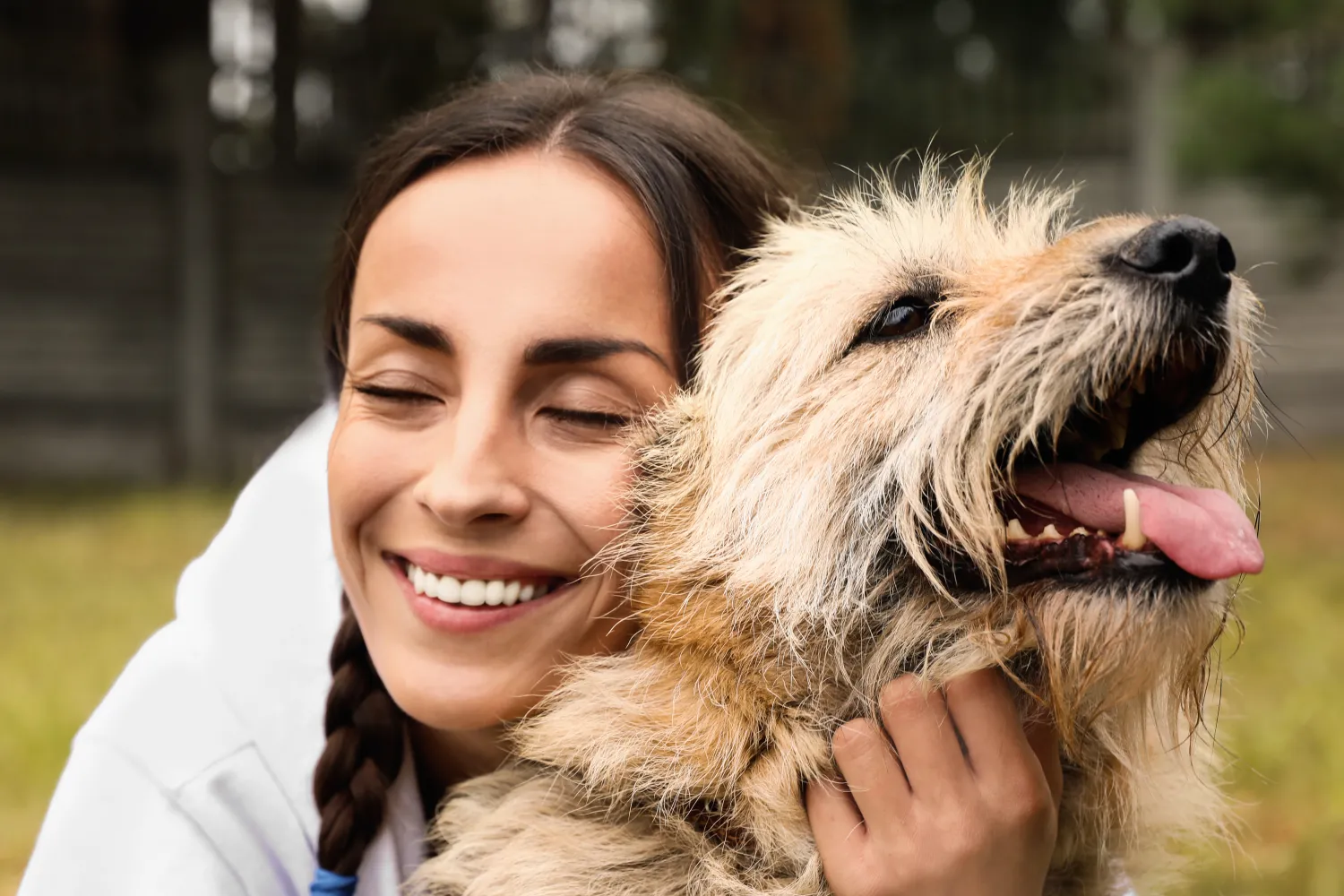
You may have heard people say that a dog’s mouth is cleaner than a human’s. But is that really true? As a veterinary dentist, I hear this myth all the time. The truth is, the answer is more complicated than just “yes” or “no.” Let’s explore what’s really going on inside your dog’s mouth—and how it compares to yours.
What Lives in a Mouth?
Both dogs and humans have lots of bacteria in their mouths. These bacteria are mostly helpful and keep the mouth balanced. But some bacteria can cause bad breath, tooth decay, and gum disease.
Here’s the important part: dogs and humans have different types of bacteria. So even though both mouths may have hundreds of kinds of germs, they’re not the same kinds. That means comparing their “cleanliness” doesn’t make a lot of sense—it’s like comparing apples and oranges.
Dogs Use Their Mouths Differently
Dogs don’t brush their teeth every day (unless you do it for them). They eat dirty things like bones, socks, or even poop. But they don’t usually get cavities like people do. That’s because the bacteria in their mouths are different from the ones that cause human tooth decay.
Dogs also have longer, sharper teeth and a different jaw shape. Their mouths are built to tear and chew, not to grind food like ours. That affects how bacteria grow and where plaque builds up.
So, Are Dog Mouths Really “Cleaner”?
Not exactly. While dog mouths may not carry the same bacteria as human mouths, they can still carry dangerous germs—especially for people. Dogs can carry bacteria like Pasteurella, Capnocytophaga, and even salmonella or E. coli. These can cause infections in people, especially if you have a weak immune system or an open wound.
If your dog licks your face or a cut on your skin, those germs could be passed on. That doesn’t mean you should never let your dog kiss you—but it’s something to think about.
What About Dog Breath?
Bad breath is one of the most common signs of dental disease in dogs. If your dog’s mouth smells bad, that’s a sign it’s not healthy—even if you’ve heard the myth about their mouths being clean. Bad breath can come from plaque, tartar, or gum infections.
Regular brushing, dental check-ups, and professional cleanings can keep your dog’s mouth healthy—and make those kisses a little more pleasant!
How to Keep a Dog’s Mouth Healthy
You can help your dog by brushing their teeth every day with dog-safe toothpaste. Give them dental chews approved by the Veterinary Oral Health Council (VOHC), and have your vet check their mouth at least once a year. Some dogs need professional cleanings more often—just like people.
Bottom Line
A dog’s mouth isn’t “cleaner” than a human’s—it’s just different. Both humans and dogs have bacteria in their mouths, and both can suffer from dental problems. Keeping your dog’s mouth healthy helps them live a longer, happier life—and it keeps those doggy kisses a little fresher, too.
Normal appearing tooth and gums
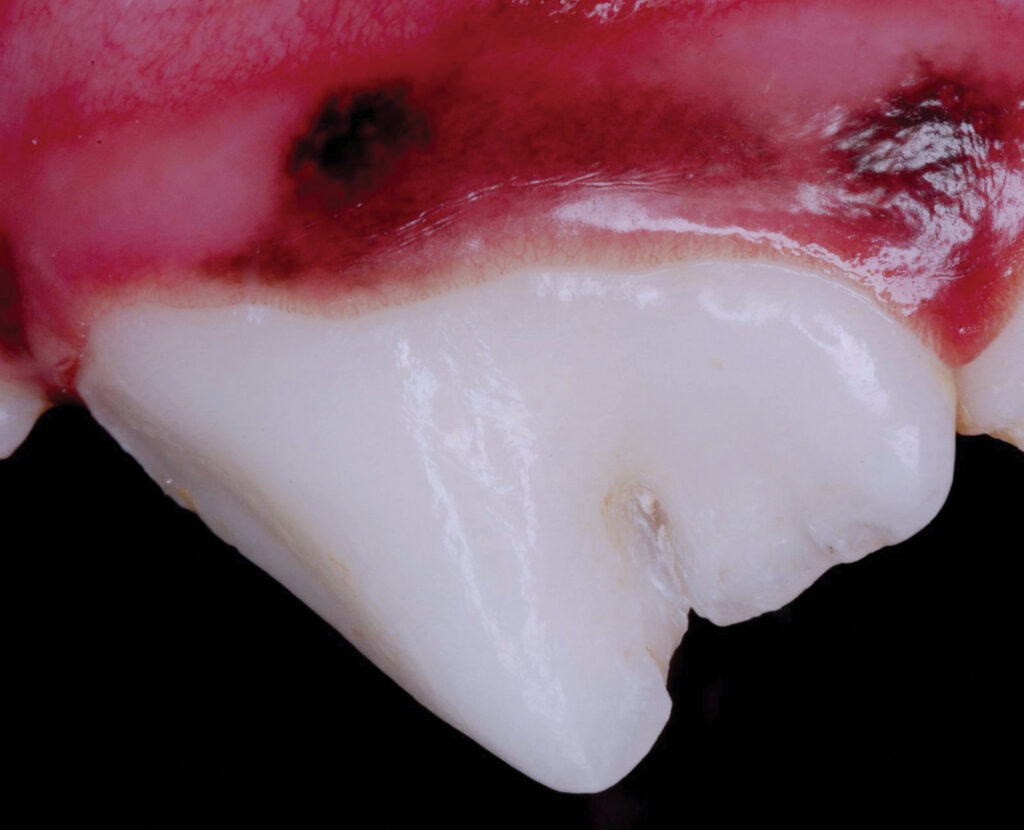
Gingivitis
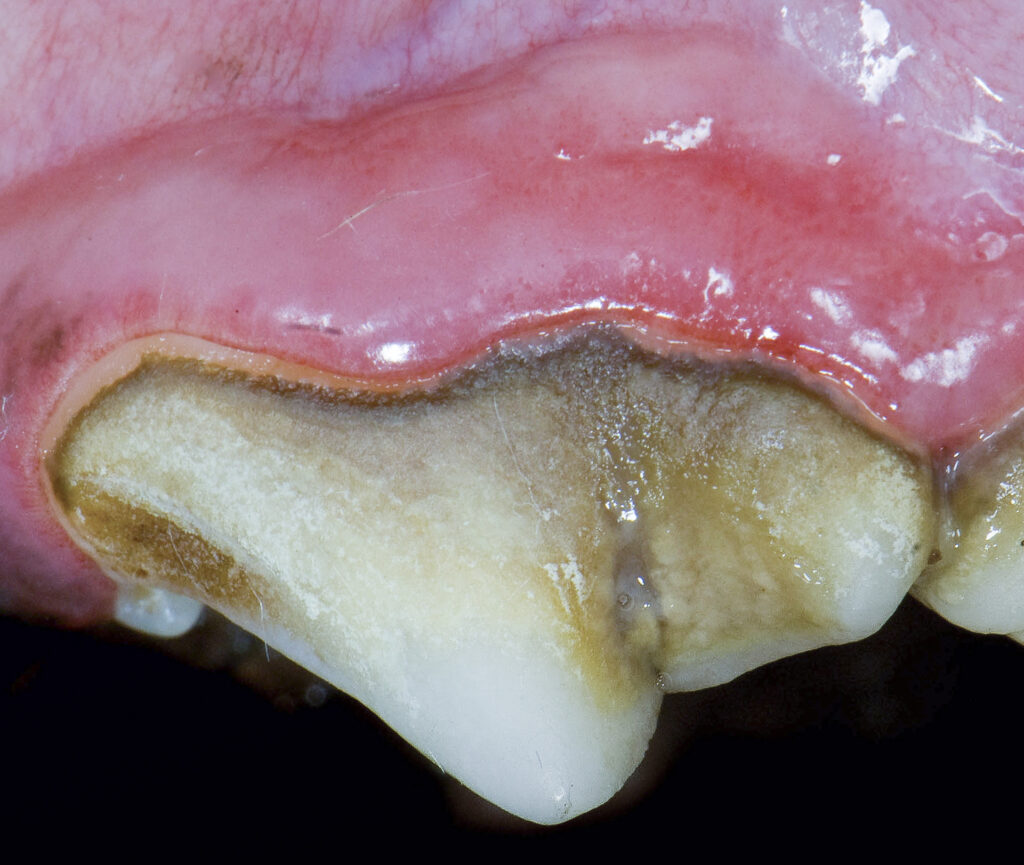
Early periodontitis
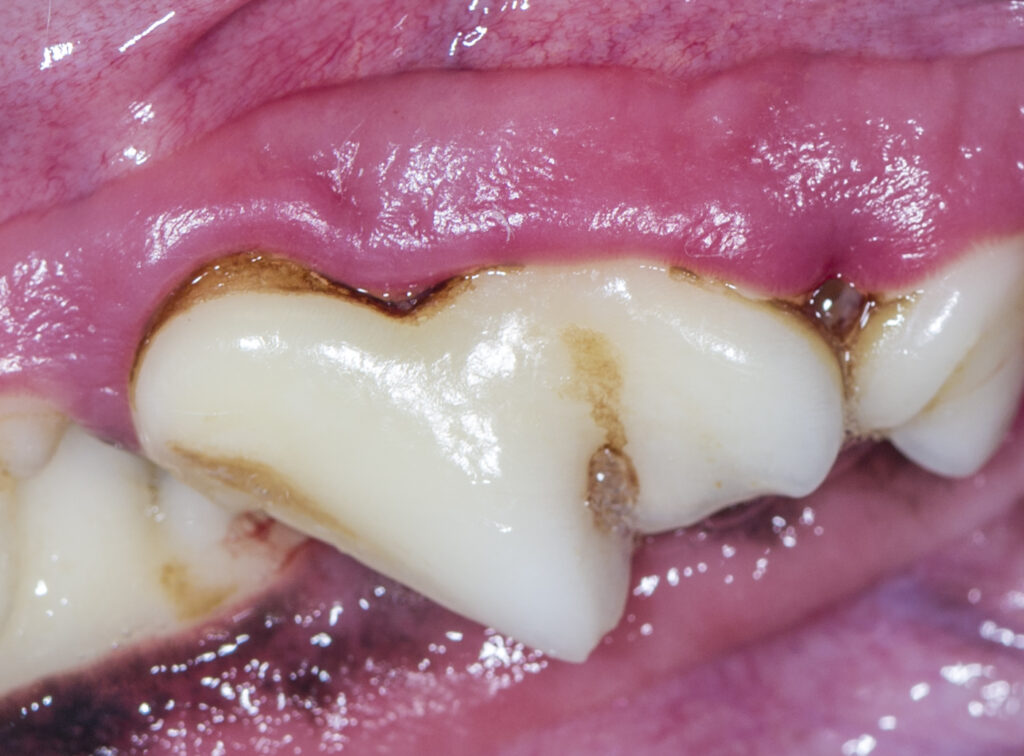
Moderate periodontitis

Advanced periodontitis
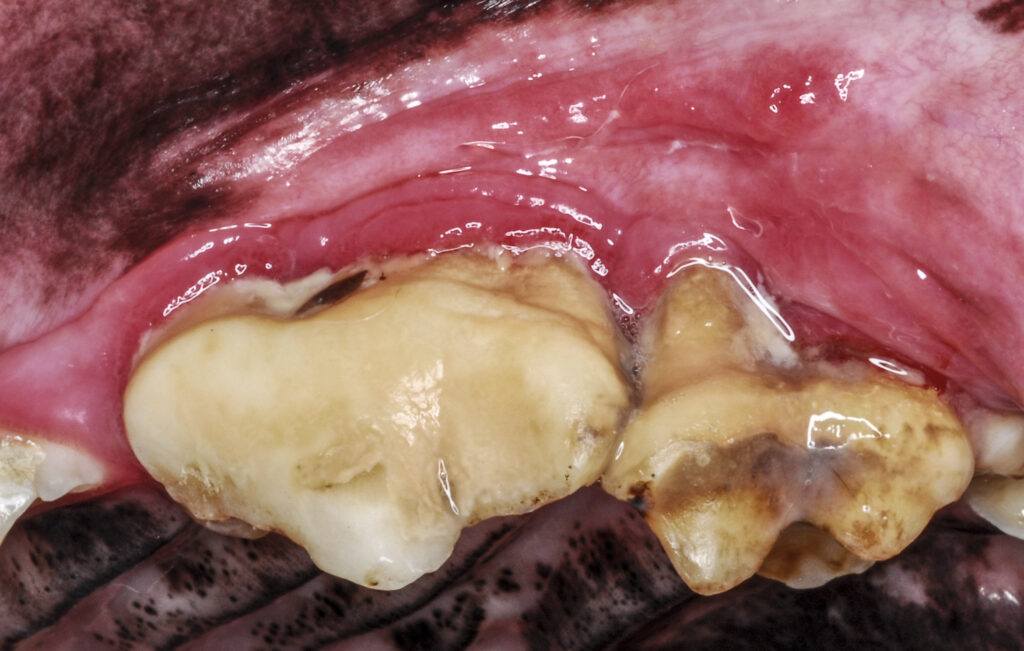
Updates, coupons, deals, and more!
Type anything...
We use cookies to provide you the best possible experience on our website. You consent to the usage of cookies by continuing to view our website. See our Privacy Notice for more information.